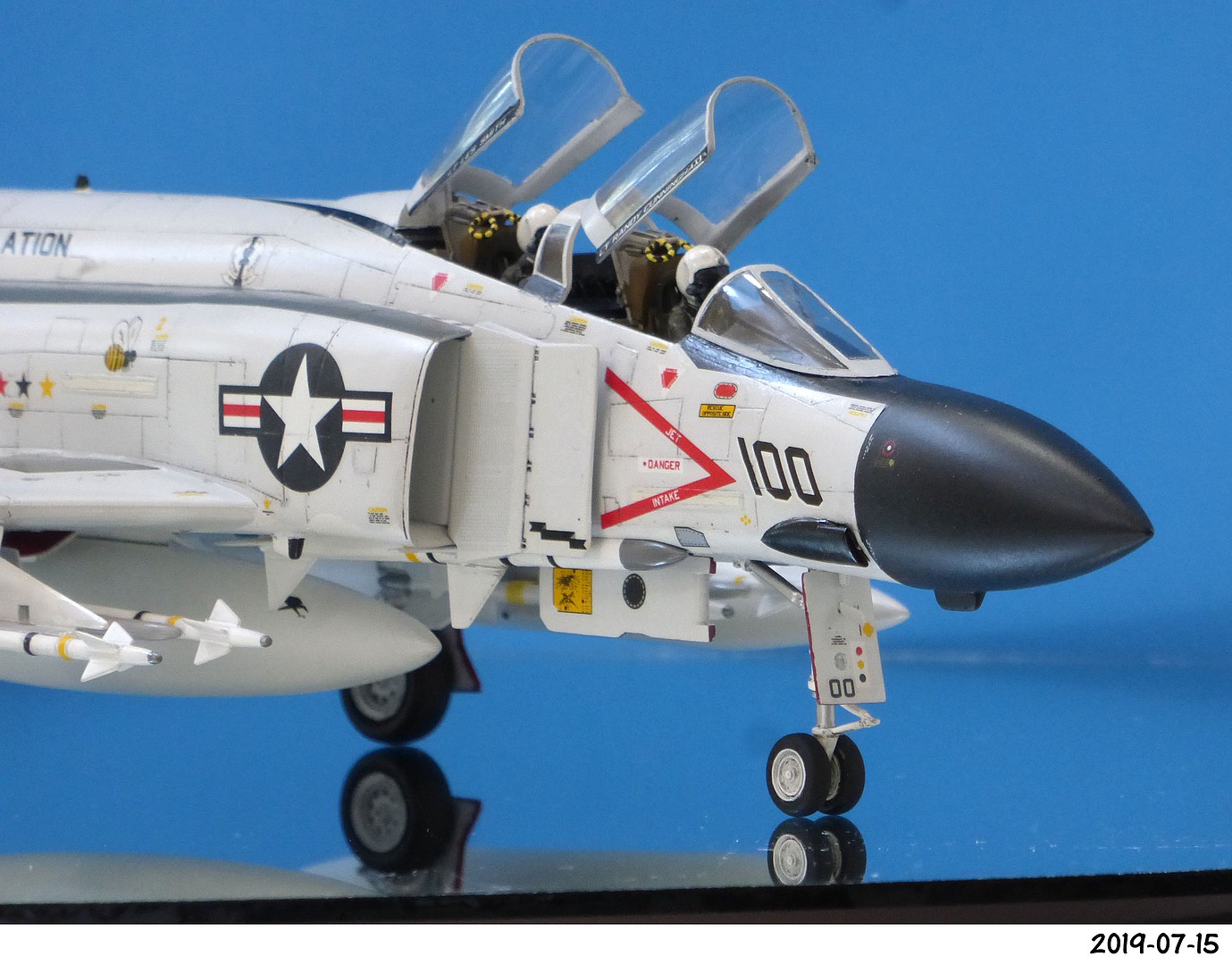
The canopy includes a frame having a hinge portion engaged with the pivot pin. The cam is dimensioned such that when the canopy is jettisoned while the aircraft is at zero altitude and zero airspeed, a travel path of the hinge portion does not intersect a travel path of a seat when the seat is ejected while the aircraft is at zero altitude and zero airspeed.Īn example aircraft disclosed herein includes a forward fuselage defining a cockpit, a seat in the cockpit, a bell crank pivotably coupled to the forward fuselage, a pivot pin coupled to the bell crank, and a canopy removably coupled to the forward fuselage over the cockpit. The hinge portion includes a cam to restrict the canopy from releasing from the pivot pin until the canopy reaches the release angle. The canopy includes a frame having a hinge portion. The activating of the canopy jettison rocket motor causes the canopy to (1) rotate about a pivot pin until reaching a release angle and then (2) release from the pivot pin and move away from a forward fuselage of the aircraft.

The cam dimensioned such that when the canopy is jettisoned while the aircraft is at zero altitude and zero airspeed, a travel path of the hinge portion does not intersect a travel path of the seat when the seat is ejected while the aircraft is at zero altitude and zero airspeed.Īn example method disclosed herein includes activating a canopy jettison rocket motor on an aircraft. The cam is to restrict the canopy from releasing from the pivot pin until the canopy reaches the release angle. The aircraft also includes a canopy jettison rocket motor to, when activated, move the canopy away from the forward fuselage, such that the canopy (1) rotates about the pivot pin until reaching a release angle and then (2) releases from the pivot pin and moves away from the forward fuselage.

SUMMARYĪn example aircraft disclosed herein includes a forward fuselage defining a cockpit, a seat in the cockpit, a pivot pin coupled to the forward fuselage, and a canopy removably coupled to the forward fuselage over the cockpit. Prior to ejecting the seat (along with the pilot), a canopy over the cockpit is jettisoned from the aircraft so that the seat (and/or the pilot) do not collide with the canopy during ejection. Therefore, the ejection system can be used to remove the pilot from the aircraft. For example, during an emergency situation such as an imminent crash, it may be desirable to eject the pilot from the aircraft. Some known aircraft include an ejection system for ejecting a seat (along with a pilot) from a cockpit of the aircraft.

This disclosure relates generally to aircraft canopies and, more particularly, to aircraft canopy jettison. The government has certain rights in this invention. This invention was made with Government support under 18-D-0107 awarded by the United States Department of Defense.


 0 kommentar(er)
0 kommentar(er)
